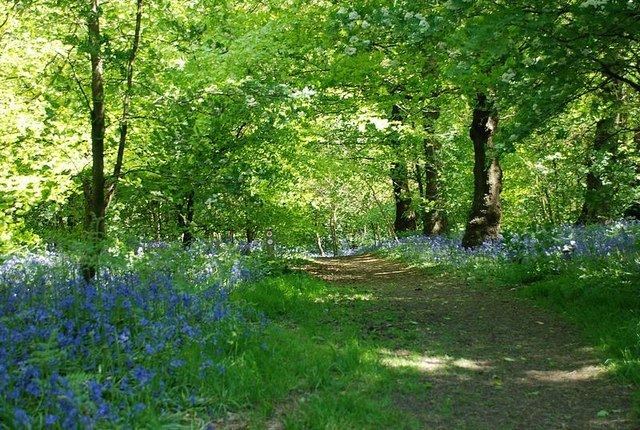Phone +44 1384 812795 | ||
 | ||
Similar Castle Casino Cardroom, Priory Park, Himley Hall, Himley Hall & Park, Tividale Tirupathy Balaji Te | ||
Saltwells local nature reserve
Saltwells Local Nature Reserve is situated in the Netherton area of Dudley Metropolitan Borough in West Midlands, England. The reserve, created in 1981, covers 247 acres and includes Saltwells Wood and part of Netherton Hill within its boundaries.
Contents
History
Saltwells Local Nature Reserve was created in 1981 and was the first such reserve created in the county of West Midlands.
Although now mainly woodland and grass-covered areas, the reserve was once the scene of extensive industrial activity, particularly the extraction of coal, which took place from medieval times until the second half of the 20th century. For example, Saltwells Wood, in the centre of the reserve, contains the remains of medieval coal-mining activity, and part of it was designated as a scheduled ancient monument in 2002. Much more recently, the side of Netherton Hill in the reserve, now covered in gorse and grassland, was the site of opencast coal mining in the 1960s. Saltwells Wood contain other traces of industrial activity, the most notable probably being Doulton's Claypit, a site where clay was extracted for many years.
Just off the Cinderbank road, inside the reserve, lies the site of Netherton Hall, once owned by the family of the Lords of Dudley with records going back to the 16th century. The hall fell down in 1860 century as a result of mining subsidence.
Location and extent
Saltwells Local Nature Reserve is situated in the Netherton area, about 2 miles south of Dudley. The main part of the reserve is formed by Saltwells Wood and the west side of Netherton Hill. The reserve also follows the Tipsyford Brook and Mousesweet Brook as far as the boundary of Quarry Bank and Cradley Heath to the south, whilst to the north-east the reserve stretches to the A459 (Cinderbank Road).
Salt-water springs
The reserve gets its name from the saline water that welled up in the mine workings. In the 19th and early 20th centuries, people came to bathe in the water, which was claimed to have healing properties. The baths were near the present-day Saltwells Inn.
Sculptures
Saltwells Wood contains a number of sculptures in both wood and metal. The designs for the wooden sculptures, which include a "wildlife totempole" included input from nearby primary schools and local artists. The metal sculptures, constructed from re-used industrial parts, represent various animals.
